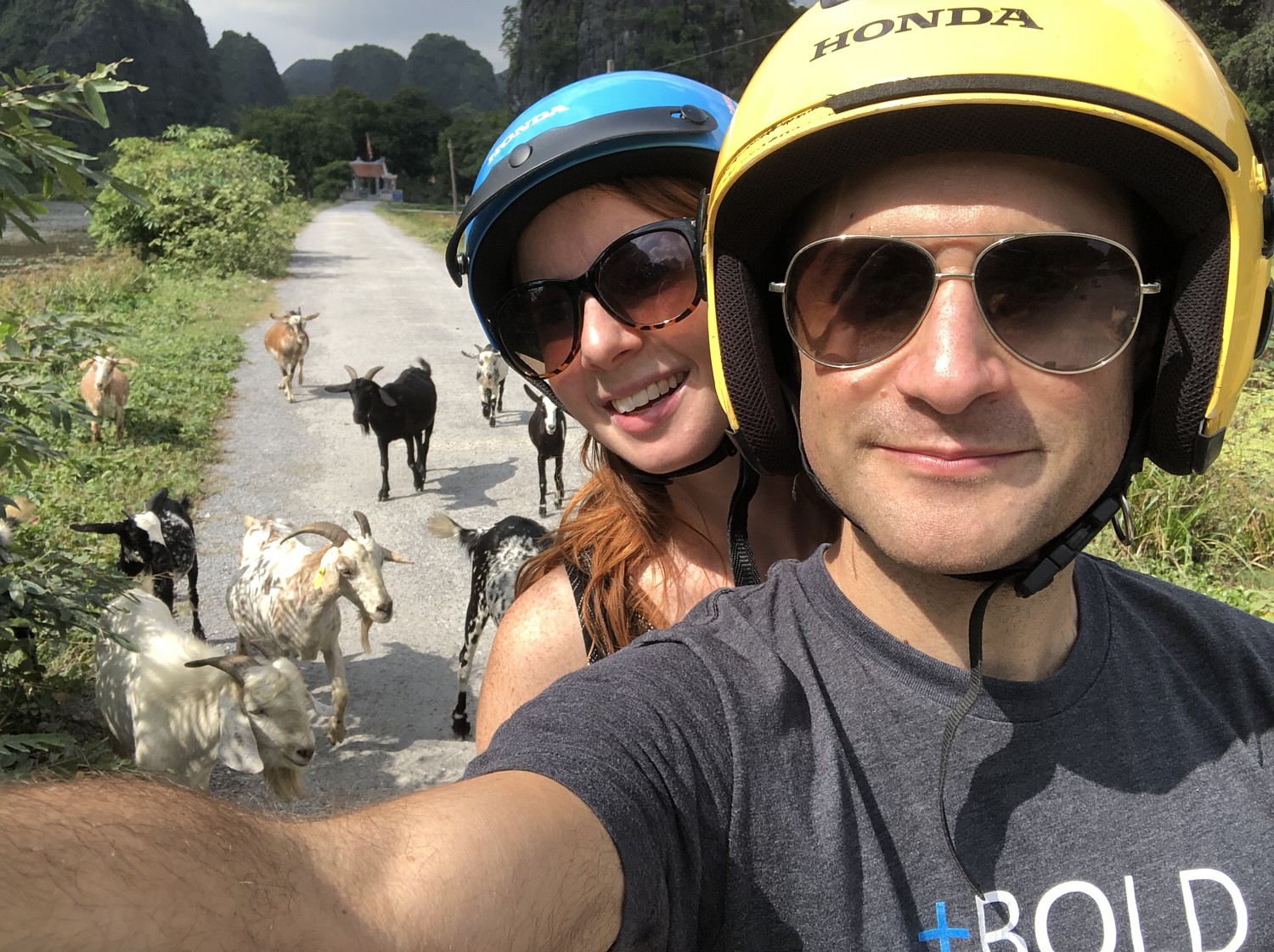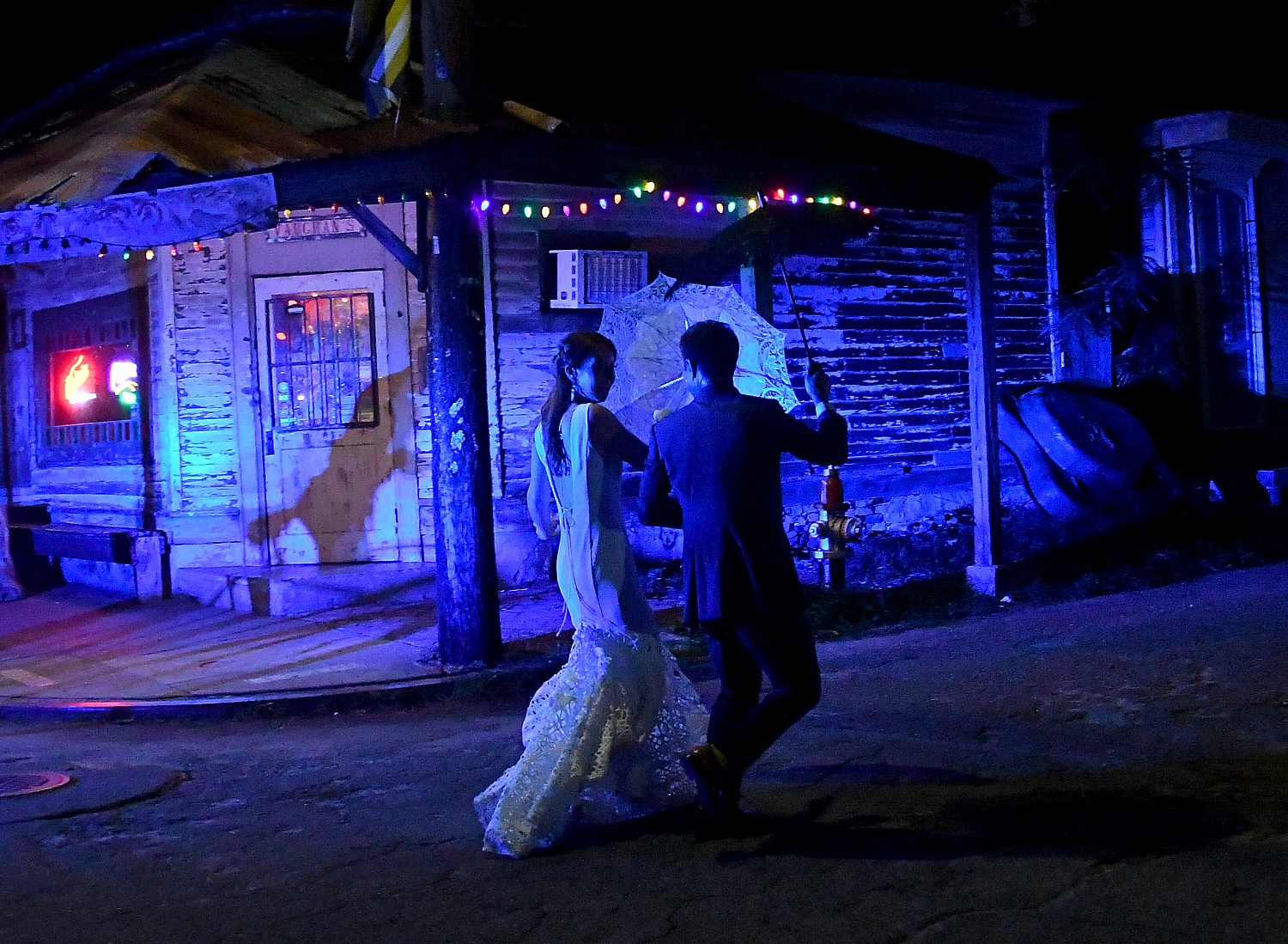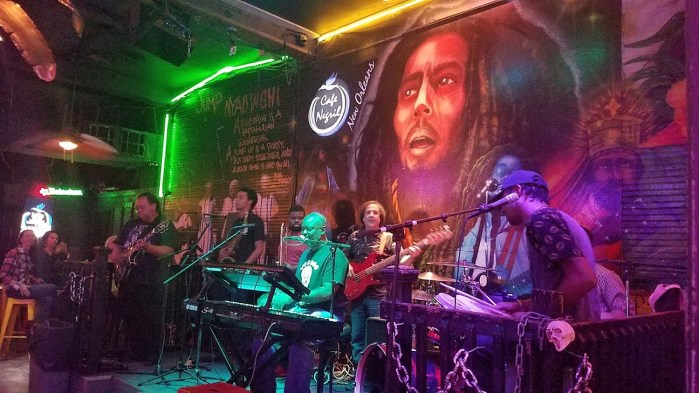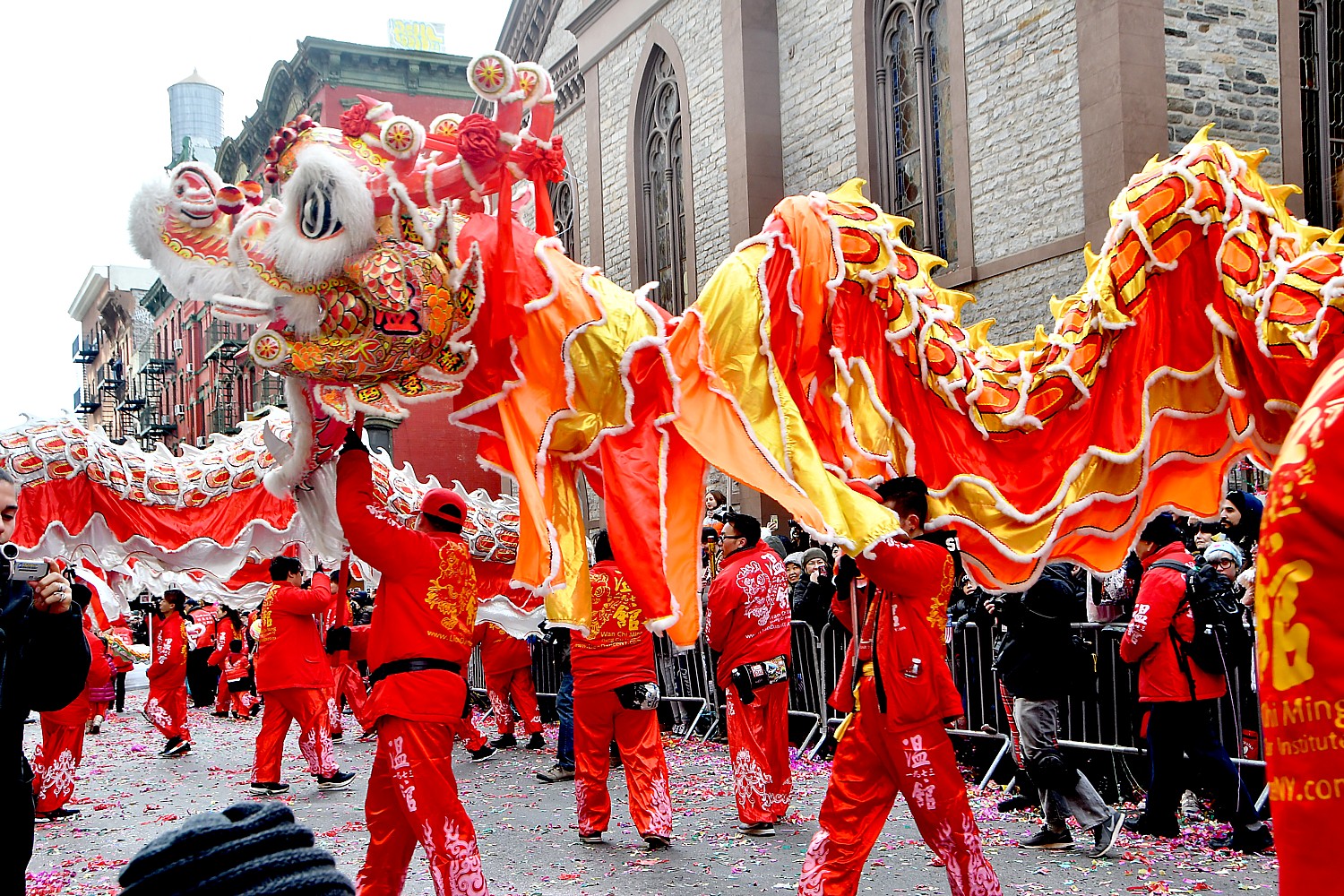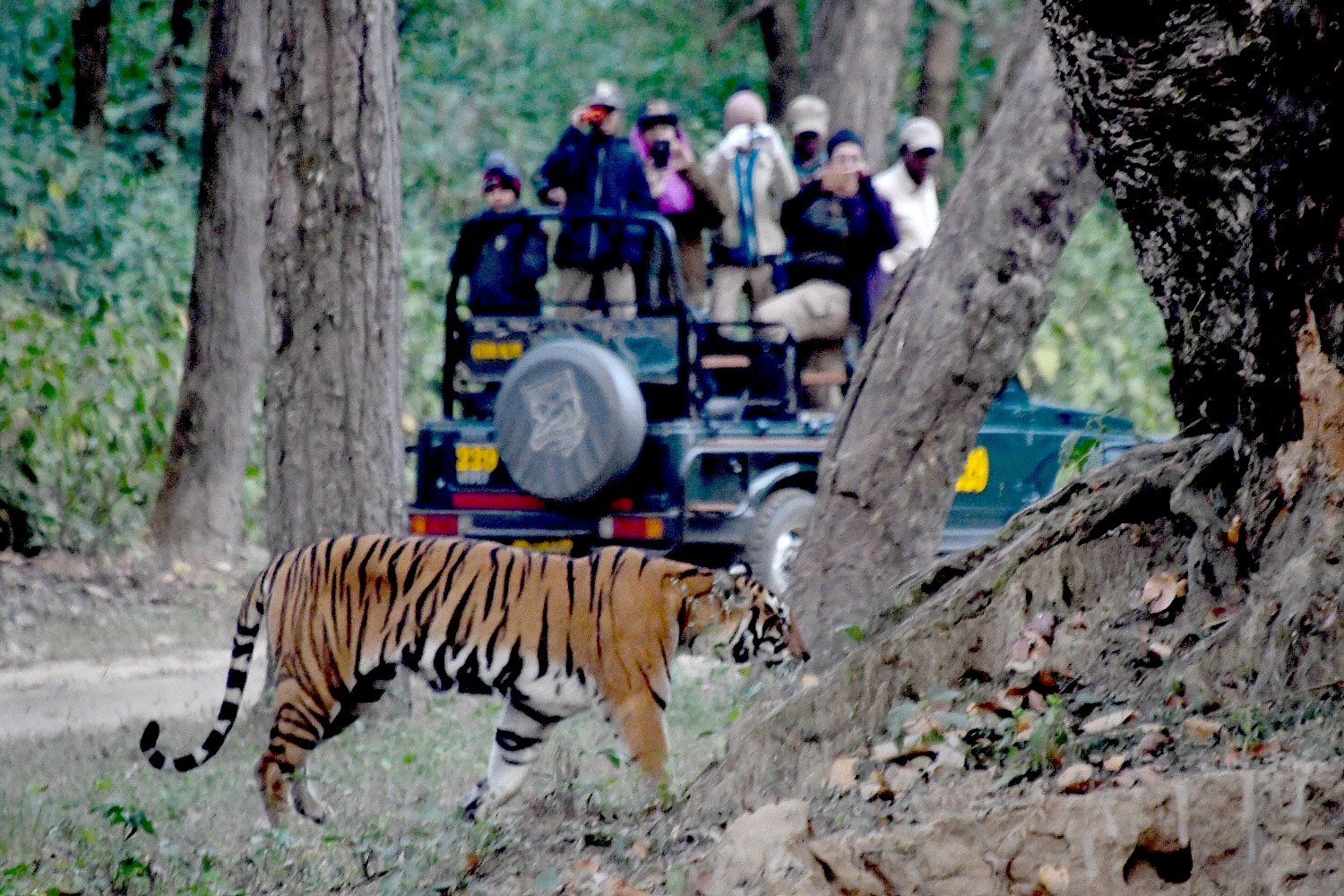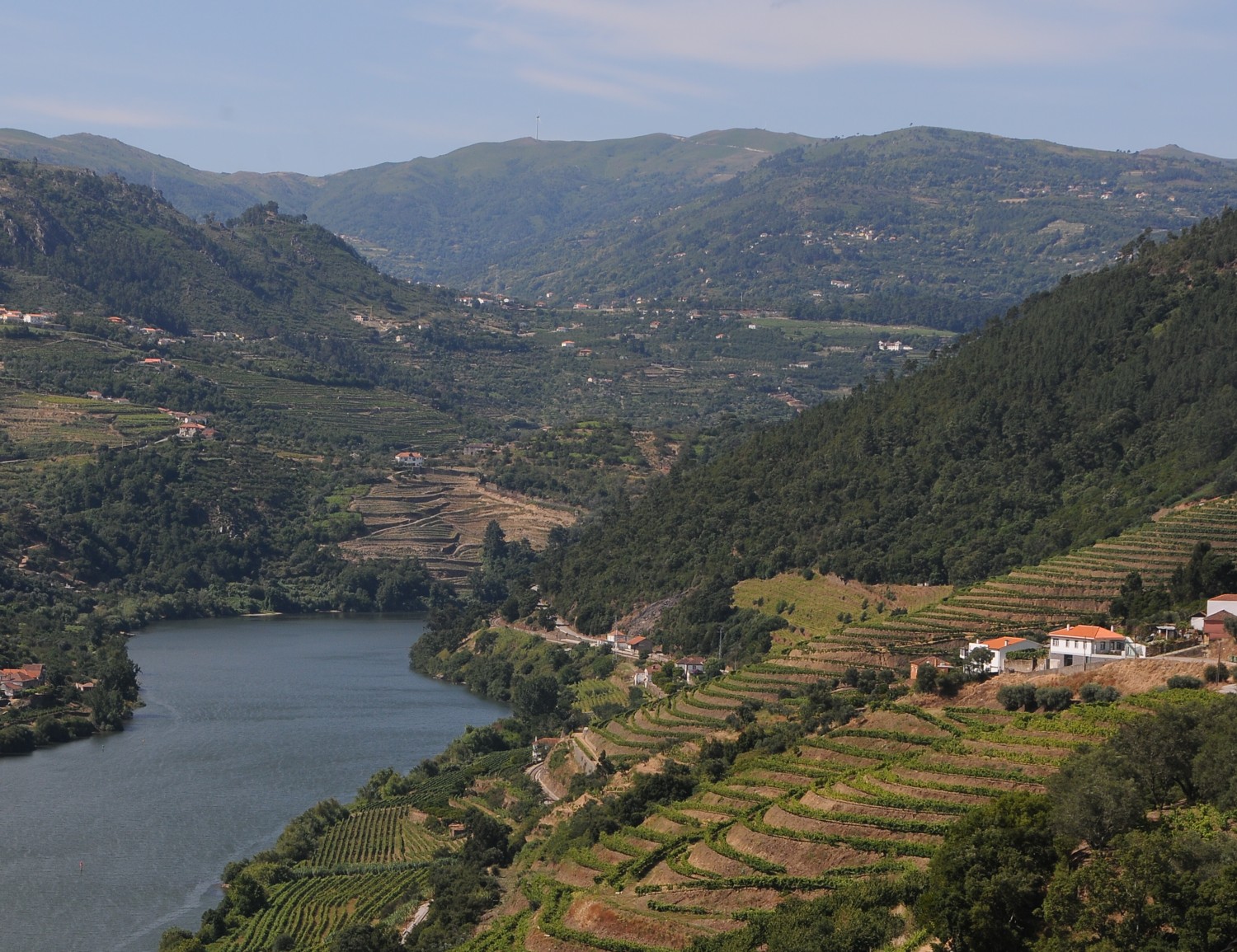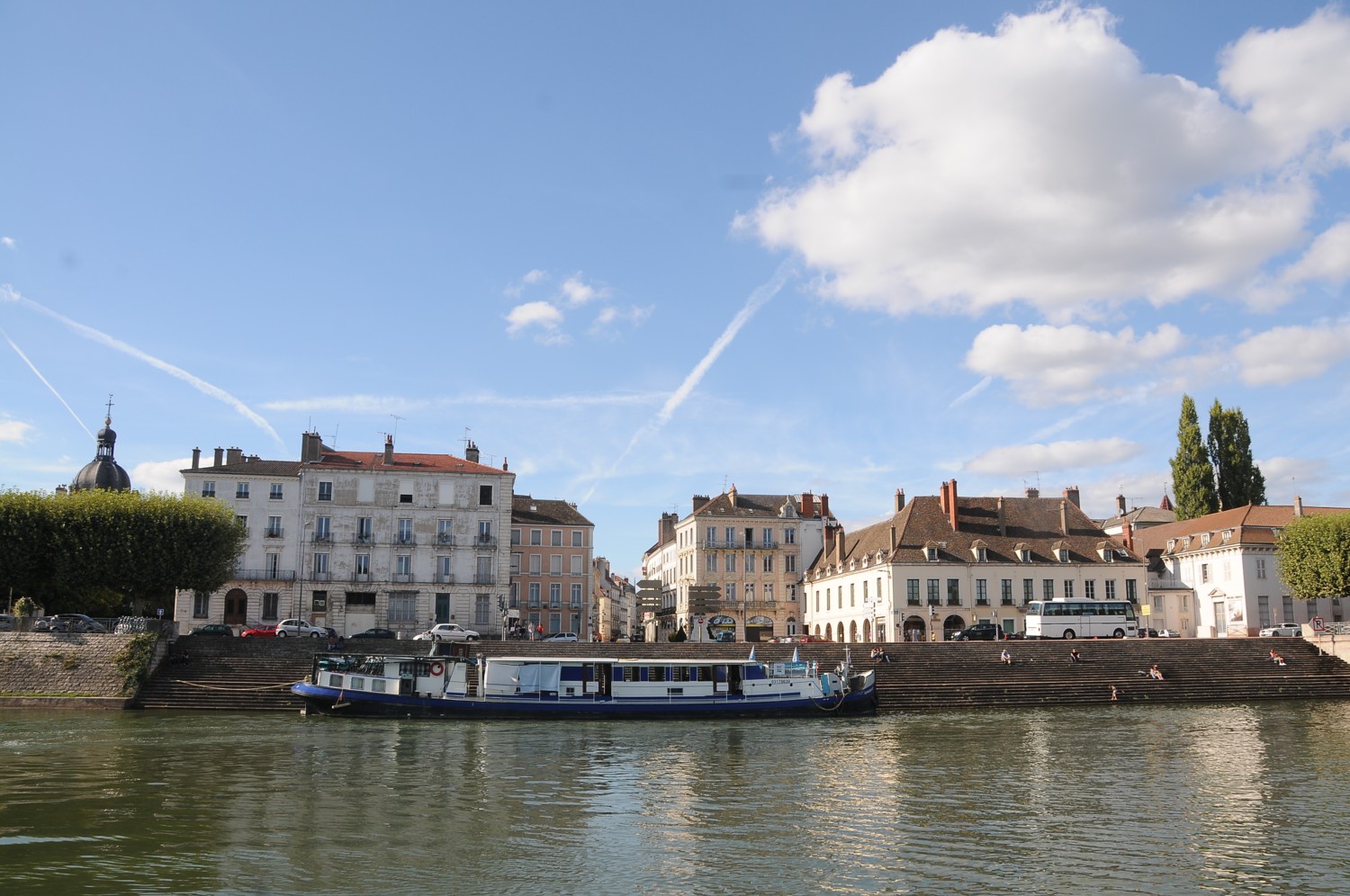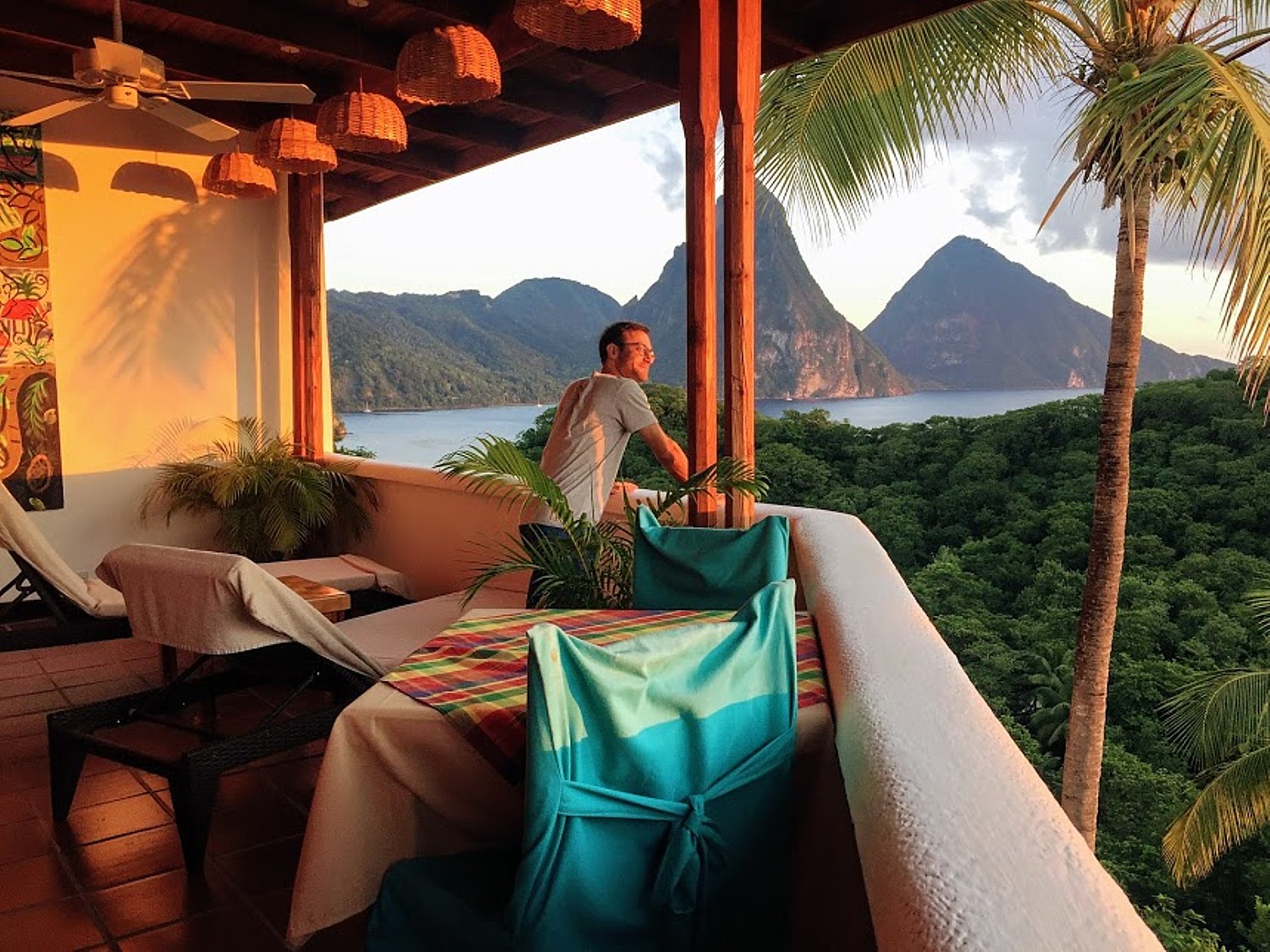
By Dave E. Leiberman & Laini Miranda
Travel Features Syndicate, goingplacesfarandnear.com
After a whirlwind destination wedding in New Orleans and a relaxing mini-moon in St. Lucia, we took a few weeks to recover at home, and then embarked on a 3-week adventure to Vietnam and Cambodia. After researching some 30 different destinations, we chose this combination for a number of reasons: the landscapes (according to Google image search) are varied and breathtaking; the climate is still warm in December, but not swelteringly hot; the food is supposed to be unbelievable; we can do some sightseeing and also indulge in some down-time (Bai Tu Long Bay cruise in Vietnam and island-hopping in Cambodia); we heard the people are incredibly kind and traveling around the country independently is fairly easy even with the language barrier; and we would be able to live well and splurge when we wanted to without breaking our budget (as opposed to Fiji, Tahiti, Hawaii, Maldives and other honeymoon hot-spots).
Our honeymoon to Vietnam and Cambodia proved to be all of the above AND MORE. The following are from emails we wrote home to our families, with names added afterwards for reference…
Subject: Update from Vietnam!
Hi fam!
Sorry to not have written earlier! We’ve been having an incredible time in Vietnam. Seriously every place so far has been a highlight, it’s pretty unreal. We’ve taken about 2000 photos each already so we’re starting an album of some highlights.
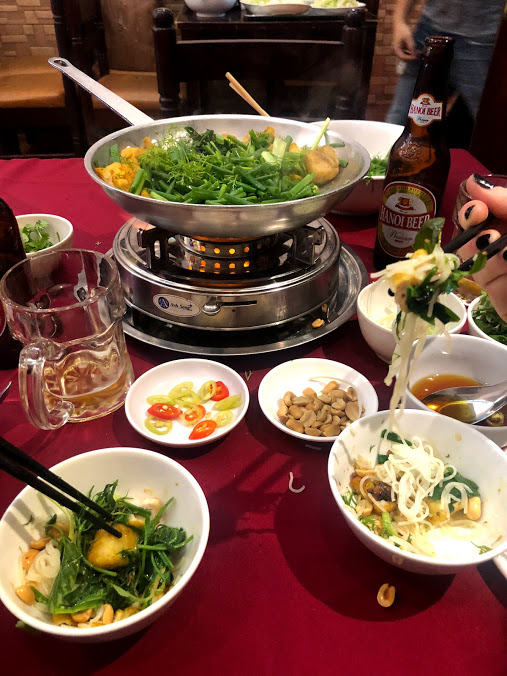
We started with 2 days in Hanoi walking around the old streets and eating some amazing food, and egg coffee, which is surprisingly delicious. Our first night we went with Hanoi Street Food Tours to sample some of the awesome street foods we wouldn’t have otherwise known to order.

The second night we took a $1 Grab, (the Vietnamese Uber that costs $1 to go almost anywhere) to Chim Sao, this non-touristy restaurant out of the city center, and had an incredible dinner of traditional specialties like water buffalo, mountain sausage, banana flower salad, baby mussels, and rice wine. Food here is out of this world—very different from American Vietnamese and we are constantly surprised by the dishes.

We had a great experience with Hanoi La Castela, the hotel we ended up in after we decided to leave our not so clean Airbnb. The staff at the hotel was incredibly friendly and helpful and their breakfasts were huge and delicious. They set up a car & driver for us to go to Ninh Binh, the gorgeous region about 3 hours west of Hanoi in the countryside. Lots of beautiful karsts (those tall mountain things jutting up from the land that you see in all the photos of Ha Long Bay). We stayed in a beautiful secluded homestay, Ham Rong, where the only sounds we could hear were the animals and insects around. We arrived just in time to hike the 500 steps of the mountain-top above Mua Caves and catch the sunset over an incredible panorama of Tam Coc and Ninh Binh.

The next 2 days we rented scooters from our homestay and had an amazing time riding around the countryside. Don’t worry, Dave was sure to drive very slowly and carefully, and it was all country back roads so very safe. We took a little boat ride through the karsts and caves in nearby Trang An, wandered through the back roads of the little villages, and visited some very cool temples built into the sides of mountains, like Bich Dong Pagoda. We also visited Bai Dinh, apparently the largest temple in all of Southeast Asia with a giant gold Buddha in one of the main halls–the whole complex was pretty ostentatious and absurd, and very cool to see, especially all lit up at night.

Our homestay arranged for a private car to take us to Pu Luong, where we stayed for 2 nights and absolutely need to return. It’s a phenomenally gorgeous nature reserve with self-sustaining villages that was totally unknown to foreigners before about a year or so ago. Some people have caught on and now some of the villages have started making homestays for visitors, but it’s still very rare to see any other white people outside of the homestay. There’s no tourism infrastructure (yet) aside from these few clusters of homestays so it feels like a very special peak into authentic traditional Vietnamese village culture.


Most of the time you’re just surrounded by spectacular landscapes of terraced rice fields and mountains with scattered people tilling soil, herding water buffalo, cutting bamboo, harvesting rice, etc.

Throughout the national park there are amazing little villages with everyone out working together, and everyone was so sweet to us when they’d realize we were foreigners. Anytime we’d go through a village all the little kids would very cutely run out to say “Hello! Hello! Hello!” until we passed.

We stayed at Pu Luong Treehouse, the first night in an actual treehouse with the most gorgeous view, then upgraded the second night to a bungalow at the same place (same view) with private bathroom and a bigger space which was really gorgeous and probably one of the coolest places we’ve ever stayed. The host, Zoom, is from Hanoi, went to school in Alaska, has traveled the world, and has amazing taste so the whole little retreat she’s created is designed into the landscape with beautiful details everywhere. Basically everything is made of bamboo or branches, all the linens made herself with traditional textiles and weavings from Pu Luong. The chef she hired from the village is also incredible so we’ve been eating VERY well (several course meals 3 times/day).


We’re currently in a car back to Hanoi with Zoom (who’s 8 months pregnant and had to return home for a few days) and two great Australian girls who were also staying at the homestay. All 7 of us staying there got pretty close over the past 3 days, which seemed to be a function of the sweet energy Zoom’s created at the homestay, and I guess the type of people this very random, very peaceful province attracts, as it takes a good amount of research to get there. We’re sad to leave, but so excited for each next part of the trip!

Spending tonight in Hanoi and leaving tomorrow morning for Bai Tu Long Bay (Ha Long Bay’s apparently less touristy, equally beautiful sister). We’ll be on Indochina Junk’s Dragon Legend for 3 days, 2 nights.
Love yous! Us
Subject: Vietnam/Cambodia update 2, going off-grid!
Hi fam!

We’re currently on a small prop plane from Siem Reap to Sihanoukville to catch a boat to Koh Ta Kiev, a tiny island off the southern coast of Cambodia. We had an amazing (but too short) 2 days in Siem Reap exploring the Angkor Wat complex. We hired a private guide/driver (Senghuat Boun) on the recommendation of a couple we met on our cruise in Bai Tu Long Bay, and he was amazing.


© Dave E Leiberman/goingplacesfarandnear.com
We saw all the main temples plus a few smaller “off the beaten path” ones, including Ta Nei in the jungle, a small temple that hasn’t yet been restored and is amazing to see how it’s been reclaimed by nature. When we were there this afternoon it was just us, the temple guard, and her 2 ridiculously cute children who played guitar with Dave (he has his guitarlele with him) and drew with me. It was a really sweet way to end the temple circuit.


Afterwards we had our driver drop us off at a restaurant we found last night but was closed then, and our lunch there today was actually one of the best meals either of us have ever had (Pou Kitchen & Cafe). In NYC it would have a 6-month waitlist. Four incredibly inventive dishes plus dessert and fancy iced coffee came to $22.

Before Siem Reap, the cruise on Bai Tu Long Bay was awesome. Indochina Junk’s Dragon Legend is a 4-star ship with amazing food (and a ton of it), and makes an extremely relaxing experience on the bay.


We sailed to Bai Tu Long Bay, which is supposed to be less touristy and cleaner than Ha Long Bay, and we barely saw another boat on the water except for when we docked to sleep, since boats are only allowed to dock overnight in one specific spot). It was actually a luxury 45-person cruise ship, but only 14 people were on board so it was very sweet and intimate, and the perfect amount of people for the short day tours (kayaking, visiting a fishing village, learning about oyster harvesting). I loved spending the afternoons drawing and reading Adam’s book and Dave got to play a lot of guitar.

After a quick overnight in Hanoi the night we returned from the cruise, we went to Hoi An, about an hour flight south of Hanoi. There was torrential downpour from the time we arrived until 2 days later (completely forgot this is rainy season in the south). But it gave us a night in to chill at our beautiful hotel (Ocean Breeze Villa) in An Bang, the sleepy beach town just out of the city where we were somehow able to order delivery from Morning Glory, one of the city’s best restaurants.

We took another $1 Grab into the city and got an incredible 2-hour massage and scrub at 5 Senses Spa during the heaviest rains of the 2nd day ($26 for a 90 min massage!).

at Thong Phi Tailors, Hoi An
The rest of the time we mostly spent shopping and eating, since this is the town known for their great tailors, which are all indoors. From one shop we went into the first day, Thông Phi Tailors, Dave got a nice black suit, chinos, and 3 dress shirts, and I got 2 linen jumpsuits and a pair of linen trousers, all made to order with a few rounds of alterations so everything fits perfectly. The last day Dave started talking to a shop person at a different Tailor (Bai Diep) while he was waiting for me next door and he ended up getting 4 more shirts and an awesome patterned blazer for me all tailored and altered in just 3 hours!

Bahn Mi assembly line during the lunch rush at the Parts Unknown favorite, Bahn Mi Phuong, Hoi An, Vietnam
© Laini Miranda/ goingplacesfarandnear.com
Most of that last day was finally sunny so we were able to see the beautiful colored walls (mostly rich yellow) and multi-colored lanterns emblematic of the city without all the rain. You can look up #hoian on instagram to get a sense. The city is wild–it’s one of the oldest looking towns because the whole ancient quarter is a registered historic site so they can’t do anything to alter its appearance, though the entirety of this old town is catered to tourists, with shops selling clothes, leather, tailored goods, and other stuff in just about every storefront. It was great for a rainy 2 1/2 days.

So now we’re off to 5 days/nights on an island to do nothing but read and veg. We’re most likely spending 2 nights in Koh Ta Kiev, the small island with no electricity, so we’ll be out of touch for at least a few days. If we love it there we’ll stay longer. If we decide we want a hot shower or fans we’ll head to Koh Rong Samloen, another beautiful small island that’s slightly more developed with Bungalows with real walls, showers, and AC. We’ll be in touch when we’re back in wifi zone! Can’t wait to catch up with you all!!
Miss and love yous!
Us
Subject: Re: Vietnam/Cambodia update 2, going off-grid!

Hi guys! Just wanted to let you know where we landed… We’re at Lazy Beach in Koh Rong Sanloem, Cambodia until we head to the airport. We have a perfect pretty large bungalow with a beautiful view of the water and the beach is quiet and awesome.

© Dave E Leiberman/goingplacesfarandnear.com
In total contrast to construction-hell Sihanoukville and even Koh Rong Samloen’s Saracen Bay that’s beginning to be pretty built up, all that’s built on this side of the island are about 15 bungalows stretching along the shore and one open-air restaurant where we’re able to order all our meals from an extensive menu of both Western and Cambodian specialities (the owners are from the UK, the kitchen crew is mostly Cambodian). Everything is wonderful. We feel very lucky to be here. No WiFi on this part of the island, but Dave’s phone seems to get sporadic service so text him if you need us. Otherwise we’ll be back in touch on the 18th when we land in JFK!
Love yous!
Us
_____________________________
© 2019 Travel Features Syndicate, a division of Workstyles, Inc. All rights reserved. Visit goingplacesfarandnear.com, www.huffingtonpost.com/author/karen-rubin, and travelwritersmagazine.com/TravelFeaturesSyndicate/. Blogging at goingplacesnearandfar.wordpress.com and moralcompasstravel.info. Send comments or questions to [email protected]. Tweet @TravelFeatures. ‘Like’ us at facebook.com/NewsPhotoFeatures
